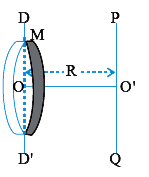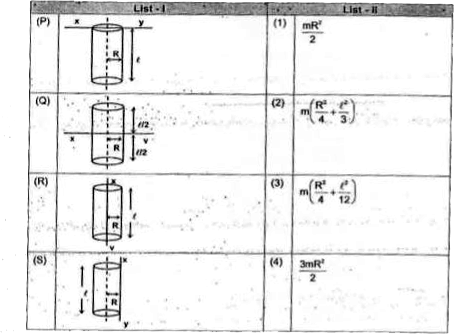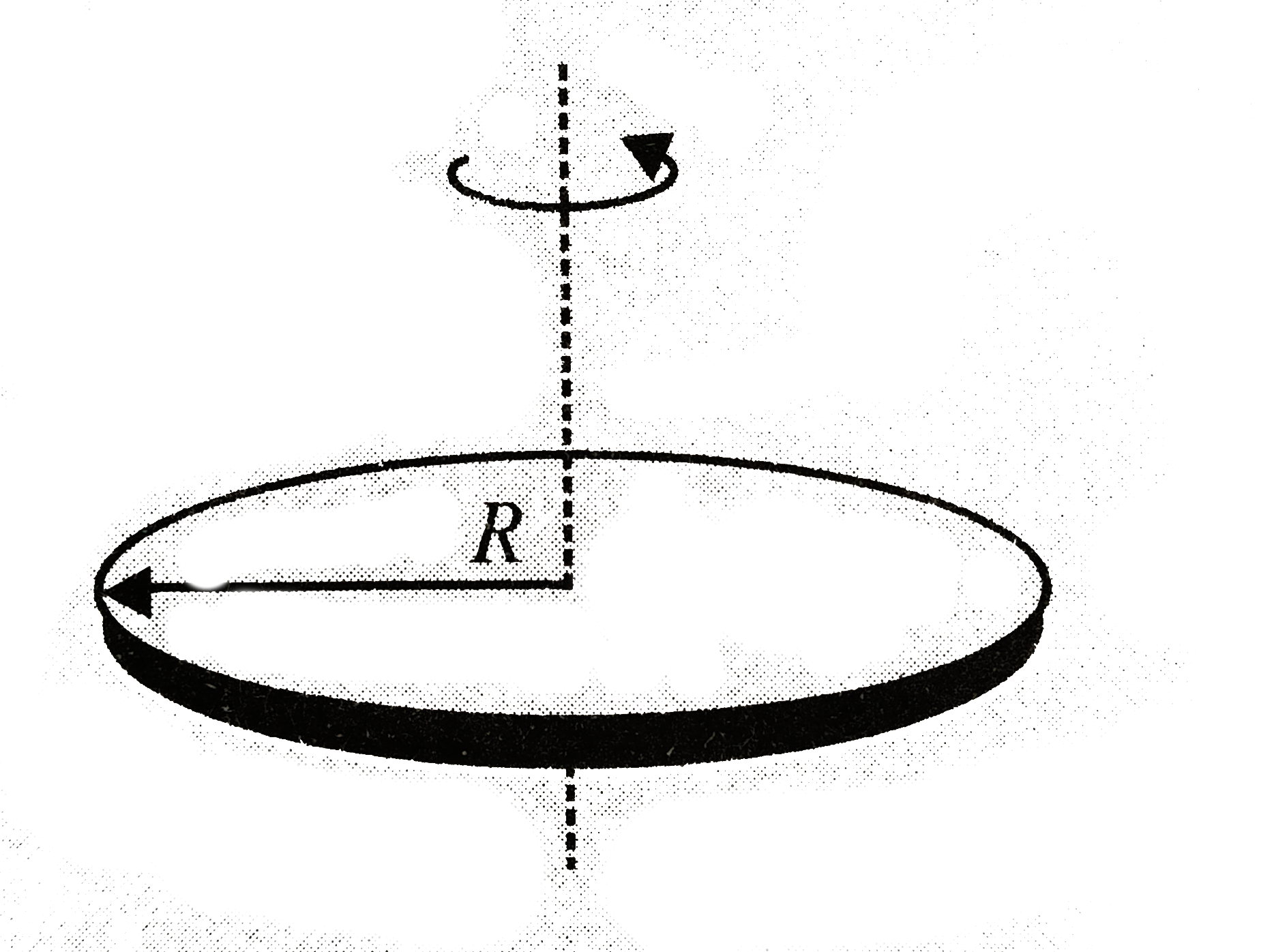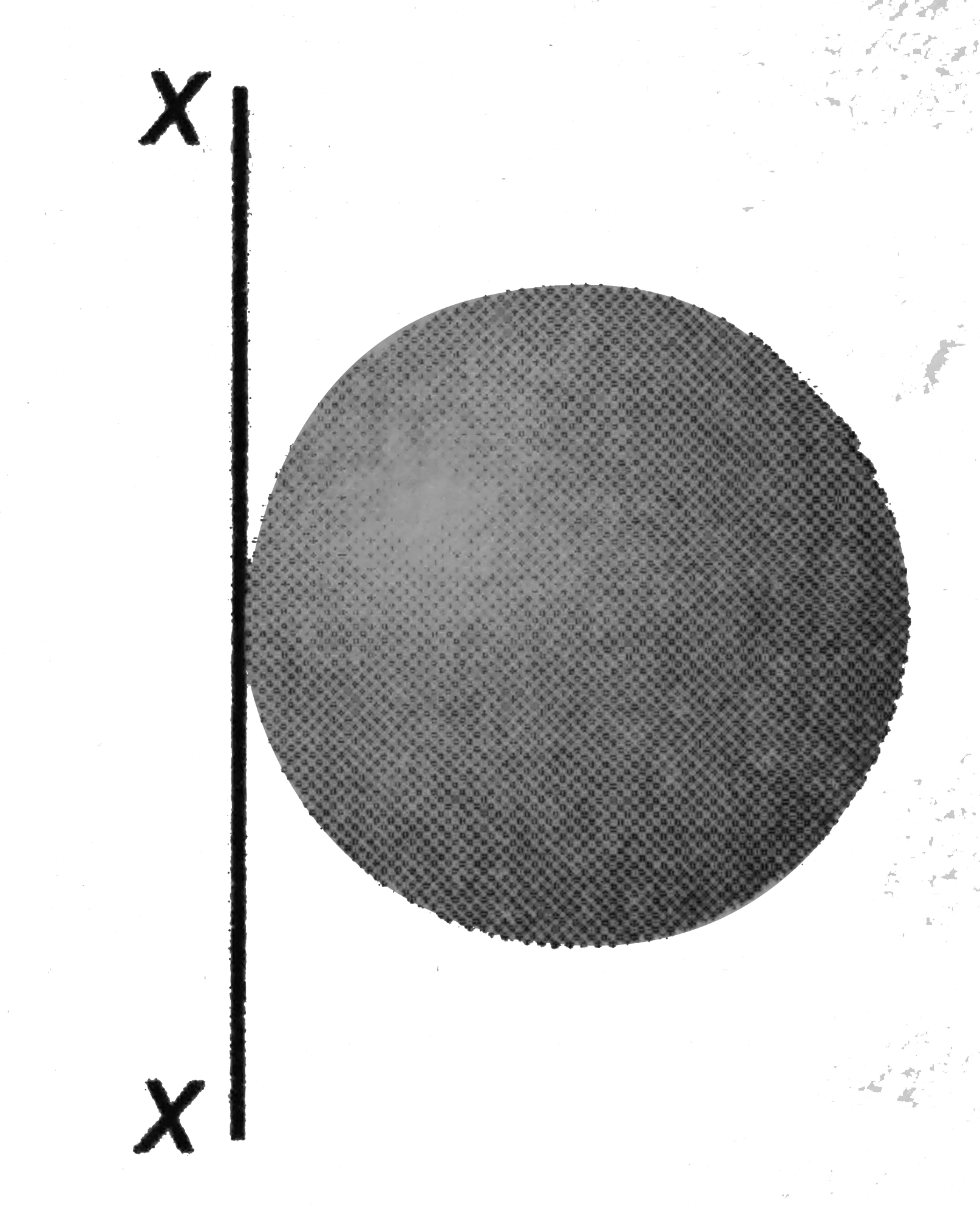Find the moment of inertia of a solid cylinder of mass M and radius R about a line parallel to the axis of the cylinder and on the surface of the cylinder.
To find the moment of inertia of a solid cylinder of mass M and radius R about a line parallel to the axis of the cylinder and on the surface of the cylinder, we can follow these steps:
Step 1: Identify the Axis of Rotation
We need to calculate the moment of inertia about a line that is parallel to the axis of the cylinder and located on its surface. This line is at a distance R (the radius of the cylinder) from the central axis of the cylinder.
Step 2: Use the Parallel Axis Theorem
The Parallel Axis Theorem states that the moment of inertia I about any axis parallel to an axis through the center of mass is given by:
I=ICM+M⋅d2
where:
- ICM is the moment of inertia about the center of mass axis,
- M is the mass of the object,
- d is the distance between the two axes.
Step 3: Calculate ICM for a Solid Cylinder
For a solid cylinder, the moment of inertia about its central axis (the axis through the center of mass) is given by:
ICM=12MR2
Step 4: Determine the Distance d
In this case, the distance d between the central axis and the axis on the surface of the cylinder is equal to the radius R:
d=R
Step 5: Substitute Values into the Parallel Axis Theorem
Now, substituting ICM and d into the Parallel Axis Theorem:
I=ICM+M⋅d2
I=12MR2+M⋅R2
Step 6: Simplify the Expression
Combine the terms:
I=12MR2+MR2=12MR2+22MR2=32MR2
Final Result
Thus, the moment of inertia of the solid cylinder about the line parallel to the axis and on its surface is:
I=32MR2
---
We need to calculate the moment of inertia about a line that is parallel to the axis of the cylinder and located on its surface. This line is at a distance R (the radius of the cylinder) from the central axis of the cylinder.
The Parallel Axis Theorem states that the moment of inertia I about any axis parallel to an axis through the center of mass is given by:
I=ICM+M⋅d2
where:
- ICM is the moment of inertia about the center of mass axis,
- M is the mass of the object,
- d is the distance between the two axes.
For a solid cylinder, the moment of inertia about its central axis (the axis through the center of mass) is given by:
ICM=12MR2
In this case, the distance d between the central axis and the axis on the surface of the cylinder is equal to the radius R:
d=R
Now, substituting ICM and d into the Parallel Axis Theorem:
I=ICM+M⋅d2
I=12MR2+M⋅R2
Combine the terms:
I=12MR2+MR2=12MR2+22MR2=32MR2
Thus, the moment of inertia of the solid cylinder about the line parallel to the axis and on its surface is:
I=32MR2
Topper's Solved these Questions
- BOOK - HC VERMA ENGLISHCHAPTER - ROTATIONAL MECHANICSEXERCISE - worked out Examples29videos
ROTATIONAL MECHANICS
- BOOK - HC VERMA ENGLISHCHAPTER - ROTATIONAL MECHANICSEXERCISE - Objective -126videos
ROTATIONAL MECHANICS
- BOOK - HC VERMA ENGLISHCHAPTER - REST AND MOTION : KINEMATICSEXERCISE - Question for short Answer13videos
REST AND MOTION : KINEMATICS
- BOOK - HC VERMA ENGLISHCHAPTER - SIMPLE HARMONIC MOTIONEXERCISE - Question for short Answer15videos
SIMPLE HARMONIC MOTION
Similar Questions
The moment of inertia of a ring of mass M and radius R about PQ axis will be
 View Solution
View SolutionThe moment of inertia of cylinder of radius a, mass M and height h about an axis parallel to the axis of the cylinder and distance b from its centre is :
View SolutionThe moment of inertia of a cylinder of mass 1000gm and radius 20cm about the axis AB shown in figure is
 View Solution
View SolutionMatch the Moment of inertia of a solid cylinder of mass m, radius R and length l along various axis as shown in figure.
 View Solution
View SolutionMoment of inertia of a cylinder of mass M, length L and radius R about an axis passing through its centre and perpendicular to the axis of the cylinder is I=M(R24+L212). If such a cylinder is to be made for a given mass of a material, the ratio L/R for it to have minimum possible I is :
View SolutionWhat is moment of inertia of a cylinder of radius r, along its height?
View SolutionFind the moment of inertia of a circular disk or solid cylinder of radius R about the axis through the centre and perpendicular to the flat surface.
 View Solution
View SolutionThe moment of inertia of a solid cylinder of mass M, length 2R and radius R about an axis passing through the centre of mass and perpendicular to the axis of the cylinder is I1 and about an axis passing through one end of the cylinder and perpendicular to the axis of cylinder is I2
View Solution
Find the moment of inertia of a solid sphere of mass M and radius R about an axis XX shown in figure. Also find radius of gyration about the given axis.View Solution
Find the moment of inertia of a solid sphere of mass M and radius R about an axis XX shown in figure. Also find radius of gyration about the given axis.View Solution

